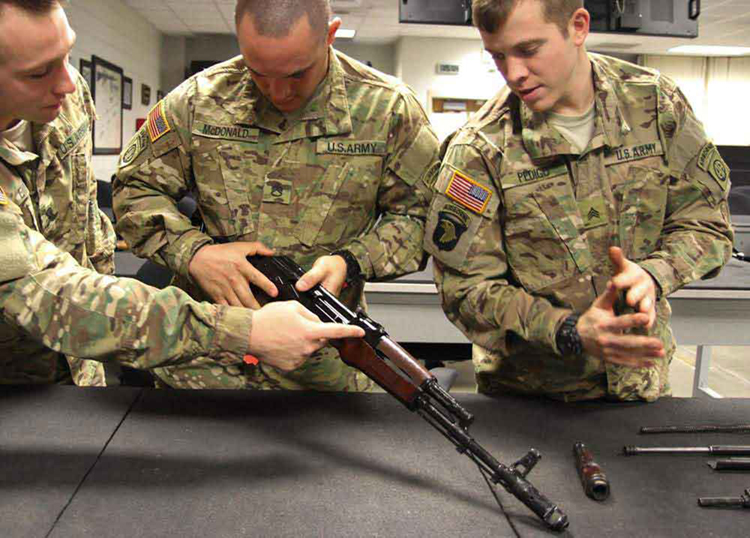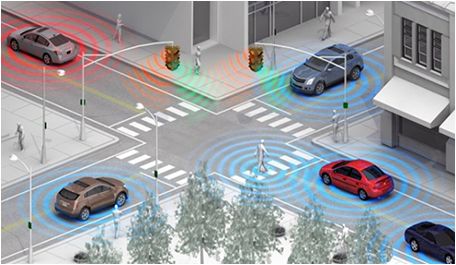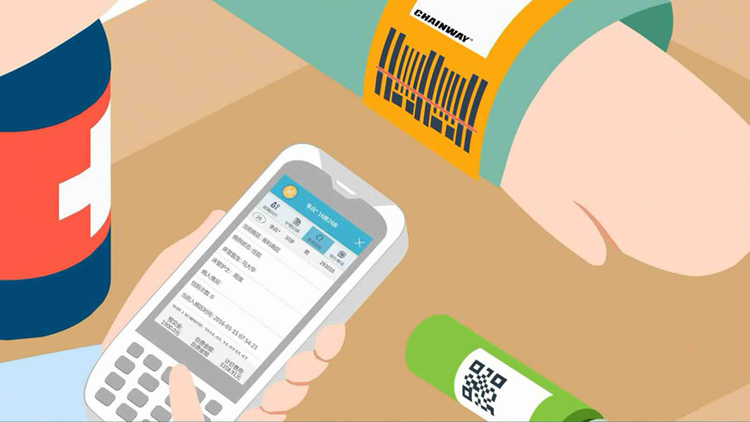The U.S. Army has always been the world leader in the application of RFID technology, featuring the courage to invest heavily, the bold use of new technologies in the actual war security process, and the use of improved, pay attention to practical results. It is of great significance to analyze the system used by the US military in military logistics and explore the characteristics of radio frequency identification technology for developing the application and technology selection of radio frequency identification in logistics and supply chain in China.

I. RFID System Technology
1. Item-specific Search System
The system consists of a radio frequency tag and a hand-held reading device, in which the radio frequency tag is attached to the container or pallet for storing and sending material information in the container. The radio frequency tag is an active power supply with a storage capacity of 128KB. The information of goods name, quantity, condition, end point, user and other bills in the box are all in the label. RF tags are designed to withstand severe weather and impact, and can be used many times in field conditions. Handheld reader can "activate" the radio frequency tag, read the information content on the tag in the range of 90m, and search with sound assistance. It is mainly used for target searching in field container yard.

2. Material visibility system in transit
The U.S. Army installs radio frequency tags on containers or loading and unloading trucks. Fixed or hand-held reading devices and computer systems are installed at starting points, terminal points and transit stations. Combined with the real-time tracking network system, the U.S. Army monitors the goods in transit. Through 420 monitoring points in 38 countries, the system tracks 27,000 containers and important cargo for military and commercial purposes in real time.
3. Personal Electronic Medical Record Card
During the Iraq war in 2003, the U.S. military used radio frequency identification technology extensively, and radio frequency tags sewn into cuffs were used to track the identity, status and location of wounded soldiers and civilians. Data in radio frequency tags are read through handheld devices to identify patients, and doctors are allowed to add, modify or create new treatment records on tags.
ScenPro has developed a complete TacMedCS system for the Navy's Third Fleet Hospital in Iraq. Texas Instruments (TI) provides radio frequency tags. Its Tag-it uses passive tags with a working frequency of 13.56 MHz. The reading distance between the radio frequency reading device and the cuff can reach 1.8m.

4. Garment Distribution Device
In the past, the U.S. military used bar code technology to speed up the distribution of clothing. That is to say, clothing companies attach tags with electronic barcode to combat uniforms and send them to conscription centers. When recruits try on, managers scan labels with scanners, input information such as size, color and style of battle suits suitable for recruits into computers, which transmit information to the National Defense Forces Support Center, and then from the center to the garment company for the formulation of production plans. Now using radio frequency identification technology, the procedure that needed to be completed in many steps in the past can be completed at one time, which saves manpower and improves efficiency.

II. Characteristics of RFID System
1. Active Label
Active tag recognition has a long distance, high reliability and high cost. From the usage of the U.S. Army, it is mainly used for the identification of large containers and vehicles. The use of active labels in containers can give full play to the characteristics of long-distance identification and reduce the workload of open-box counting.
2. Label Data Storage Capacity
The U.S. military's requirement to install active labels on containers outside the country and write them into the bill of lading is based on the security factors that make it difficult to exchange data through the network in some areas. This approach uses radio frequency tags as communication devices. All radio frequency identification applications except containers in the U.S. Army are military unique identification codes that store items only on tags, and relevant information is obtained through the network.
3. working frequency
At present, the operating frequencies of several radio frequency tags are 13.56 MHz, 433.92 MHz, 915 MHz and 2.45 GHz, respectively. According to the actual application and development of the US military, 13.56 MHz is mainly used for passive close-range products within 1 m. The typical applications are electronic medical records, electronic identity cards, cargo pallets or small package identification. 433.92 MHz is currently mainly used in active labels. This frequency point can be used all over the world except Japan, which meets the global strategic requirements of the US military. Its effective distance is 3-100 M. The 915MHz is mainly used in North America, most of which are passive labels with a distance of 3-8m. It is a relatively successful product. Its typical applications are vehicle identification, personnel identification and warehousing logistics outsourcing.
From the practical application effect, because different frequencies have different characteristics, a single frequency can not adapt to all applications. Low-frequency tags have low energy consumption, strong penetration and no direction, while UHF band data transmission is fast and long distance. In military logistics, the U.S. military uses different frequency tags for different applications, forming a radio frequency tag system.
4. Label Security
The U.S. military solved the security problem well by using the method of storing the serial number of items only in the label. Its security rationality is mainly reflected in the following aspects: firstly, data in tags, such as serial numbers, have no information to be used before it is associated with the database; secondly, potential "enemies" can not be close to the tag within 3m to read the information on the tag.
If you want more information, or order related products, please feel free to contact us, we have the best quality products and services to you.
E-mail: marketing@asiarfid.com
Phone: +86-755-26979016